OK, so a while back I posted that around my D-Hook I had some cracking in the exact same place I did when the boat was brand new. At the time Taylors Boat's who was the dealer said they fixed it all. It looked good no problems for three years. I babied it along and then well you know it cracked again in all the spots they did the gel repair all over the boat.
So me being me decided to figure this out my self and see what if anything went wrong or was done wrong on the repair. Boy was there some problems.
I spent several hours laying fiberglass on wood and practiced mixing & spraying gel coat, cracking it on purpose and repairing the cracks until I felt confident enough to go after the boat and repair it. Spectrum was great in giving me some advise and help along the way.
So I remove the D-hook from the boat. Here is what I find. Gel-coat 1/2" thick. According to TIGE and Spectrum it should not be more than the thickness of a nickel. I always wondered about this area on my boat because everyone else seemed to have a flat pad shaped out for the D-Hook to rest against on the outside of the boat.
So I proceed to remove all the excess Gel-Coat with an 80 grit DA Sander. I finally get it down to the Fiberglass. WOW I find a flat pad shaped out in the fiberglass for the D-Hook AMAZING. So I use some graphite and check for cracks. I find a total of six cracks around the fiberglass. So here we go again start grinding out more gel-coat from the boat in a bigger area so I can grind the fiberglass to repair it properly. I repair all the fiberglass cracks, reshape it to what it was, reinforce it, and get it ready to spray Gel-Coat.
I spray all the Gel coat to the proper thickness wet sand everything down. Talk about a lot of work wet sanding, and now I have a nose on my boat that I know will not crack because of improper repairs. I just have three more cracks to do the same thing to around the boat.
I can not believe the repairs Taylors did on this. It lasted four years but the amount of gel-coat build up, lack of any fiberglass repair below the surface amazes me. Both Spectrum and TIGE think it cracked again because one the fiberglass was not repaired, and two the thickness of the gel-coat was two thick.
Anyways just wanted to share the experience and let everyone know Gel-Coat is not to hard to do just very time consuming and very messy to clean up the equipment when you are done (that includes the equipment being repaired The Boat). Any one that is Mechanical can do this just plan on a ton of time to be spent on it. This took me three days to do this repair. And when you are done plan on a sore back and arms for being in odd positions sanding and sanding and sanding to get everything back to the proper shape and structure. I will post some picks I wish I would have taken more pick in the beginning all the pics I have are after the fiberglass repair and halfway through the gel-coat repair. I used my phone I was not going to go inside and wash up to get the bigger nicer camera for it.
So me being me decided to figure this out my self and see what if anything went wrong or was done wrong on the repair. Boy was there some problems.
I spent several hours laying fiberglass on wood and practiced mixing & spraying gel coat, cracking it on purpose and repairing the cracks until I felt confident enough to go after the boat and repair it. Spectrum was great in giving me some advise and help along the way.
So I remove the D-hook from the boat. Here is what I find. Gel-coat 1/2" thick. According to TIGE and Spectrum it should not be more than the thickness of a nickel. I always wondered about this area on my boat because everyone else seemed to have a flat pad shaped out for the D-Hook to rest against on the outside of the boat.
So I proceed to remove all the excess Gel-Coat with an 80 grit DA Sander. I finally get it down to the Fiberglass. WOW I find a flat pad shaped out in the fiberglass for the D-Hook AMAZING. So I use some graphite and check for cracks. I find a total of six cracks around the fiberglass. So here we go again start grinding out more gel-coat from the boat in a bigger area so I can grind the fiberglass to repair it properly. I repair all the fiberglass cracks, reshape it to what it was, reinforce it, and get it ready to spray Gel-Coat.
I spray all the Gel coat to the proper thickness wet sand everything down. Talk about a lot of work wet sanding, and now I have a nose on my boat that I know will not crack because of improper repairs. I just have three more cracks to do the same thing to around the boat.
I can not believe the repairs Taylors did on this. It lasted four years but the amount of gel-coat build up, lack of any fiberglass repair below the surface amazes me. Both Spectrum and TIGE think it cracked again because one the fiberglass was not repaired, and two the thickness of the gel-coat was two thick.
Anyways just wanted to share the experience and let everyone know Gel-Coat is not to hard to do just very time consuming and very messy to clean up the equipment when you are done (that includes the equipment being repaired The Boat). Any one that is Mechanical can do this just plan on a ton of time to be spent on it. This took me three days to do this repair. And when you are done plan on a sore back and arms for being in odd positions sanding and sanding and sanding to get everything back to the proper shape and structure. I will post some picks I wish I would have taken more pick in the beginning all the pics I have are after the fiberglass repair and halfway through the gel-coat repair. I used my phone I was not going to go inside and wash up to get the bigger nicer camera for it.


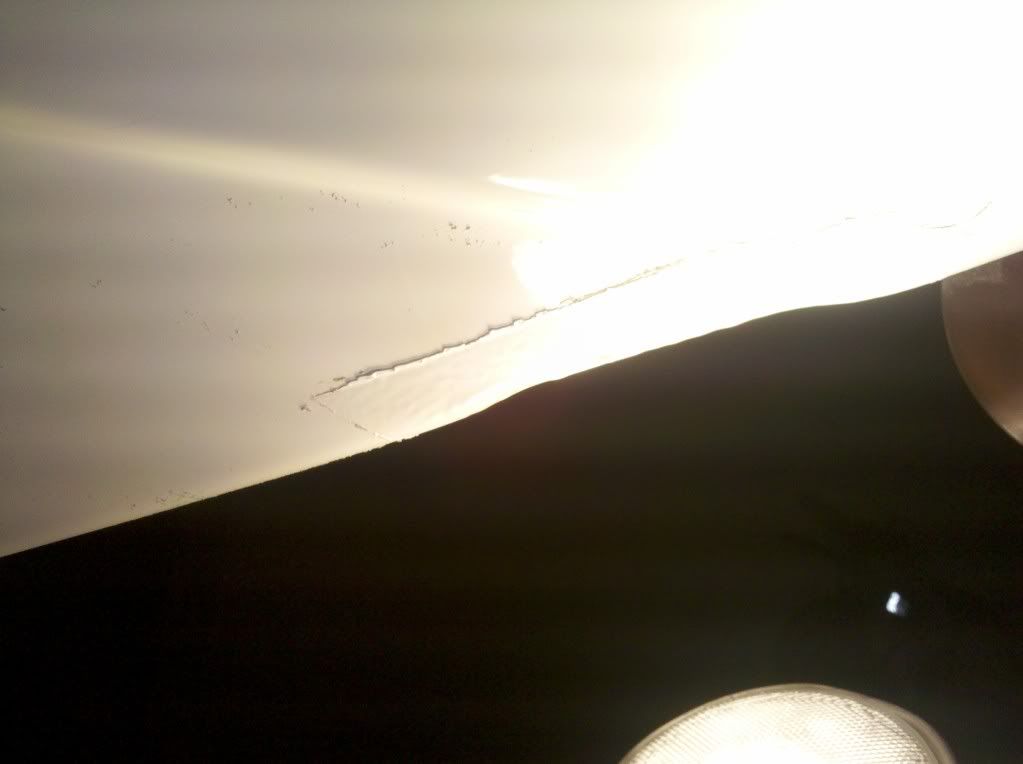
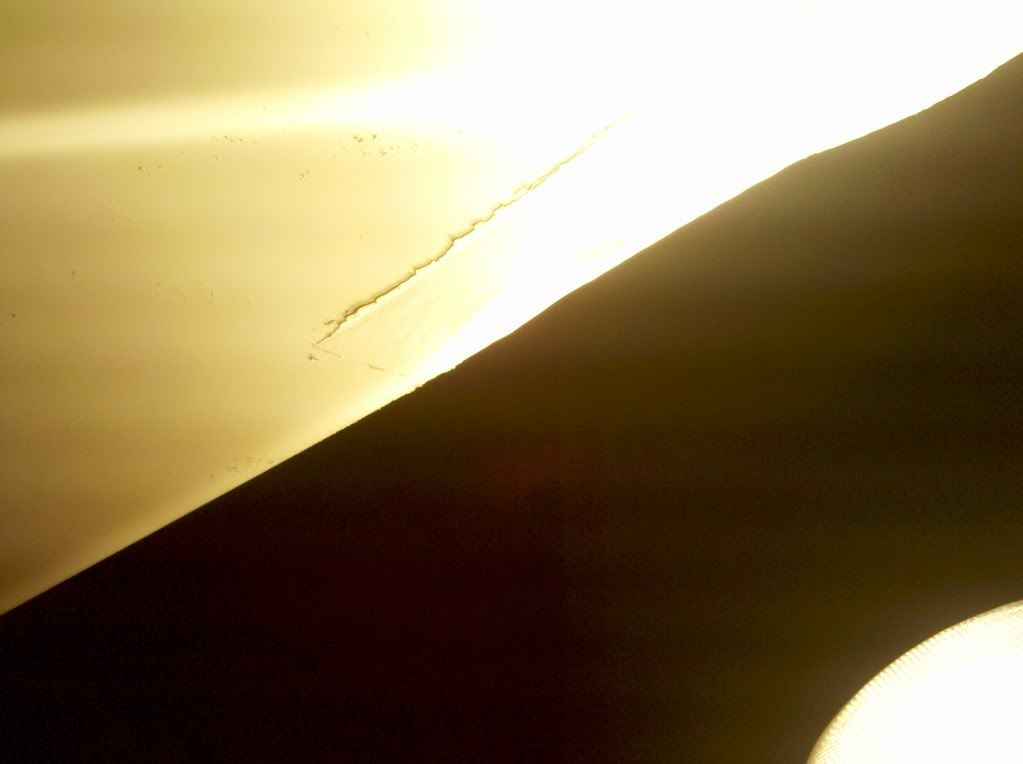
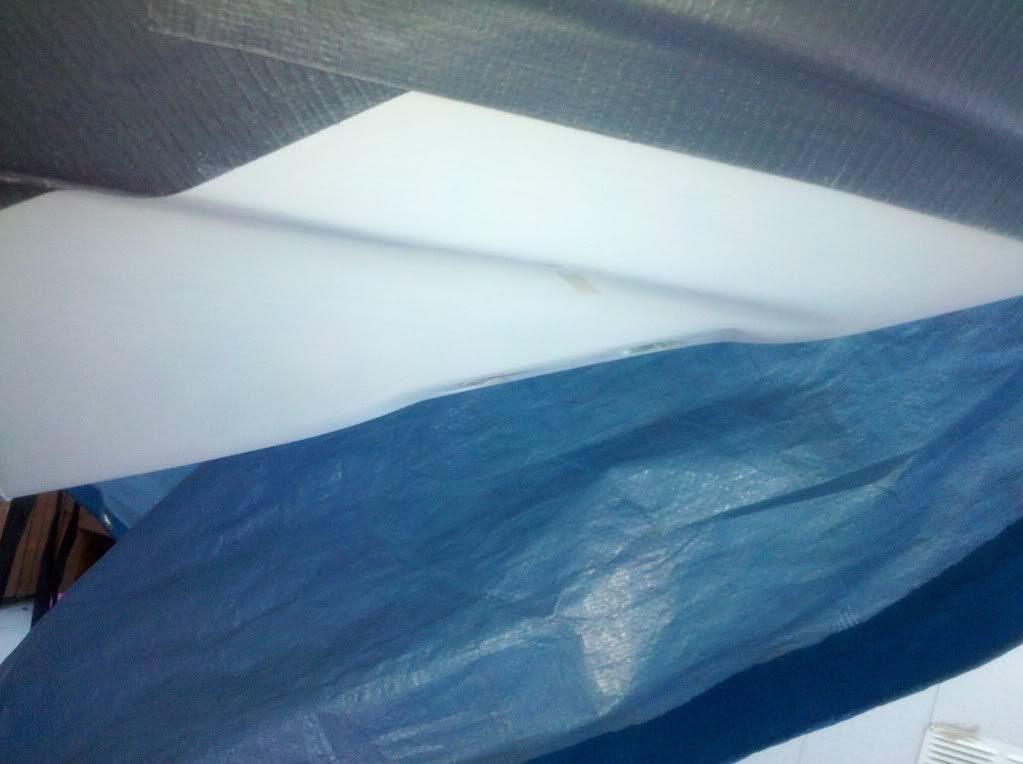
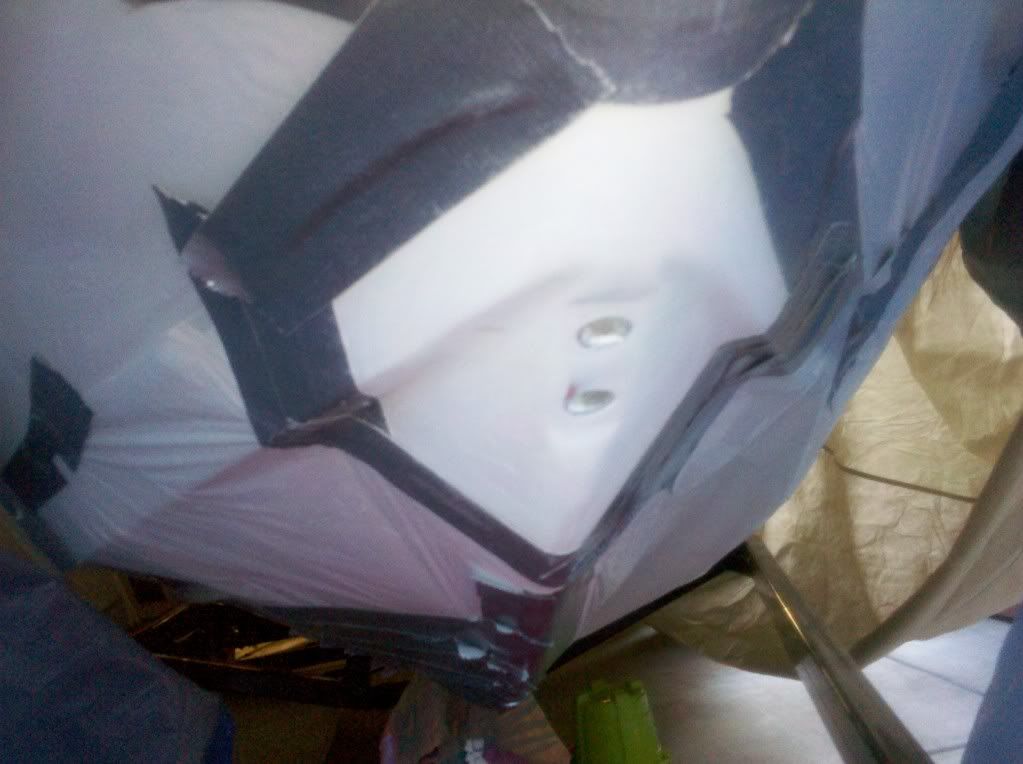
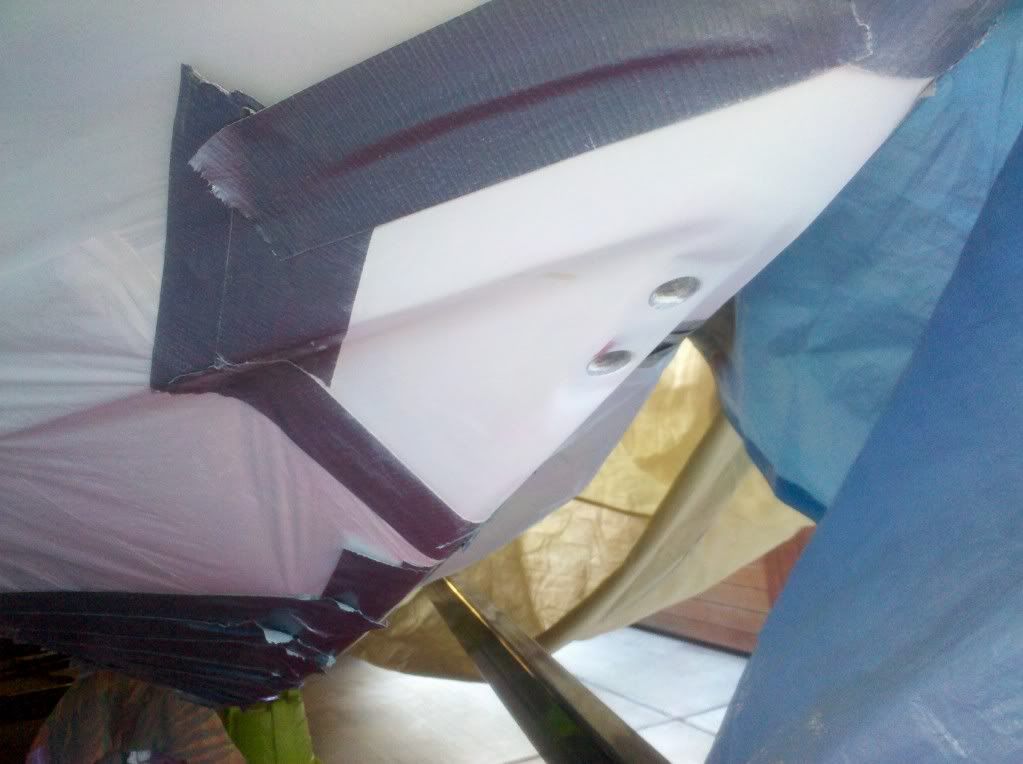
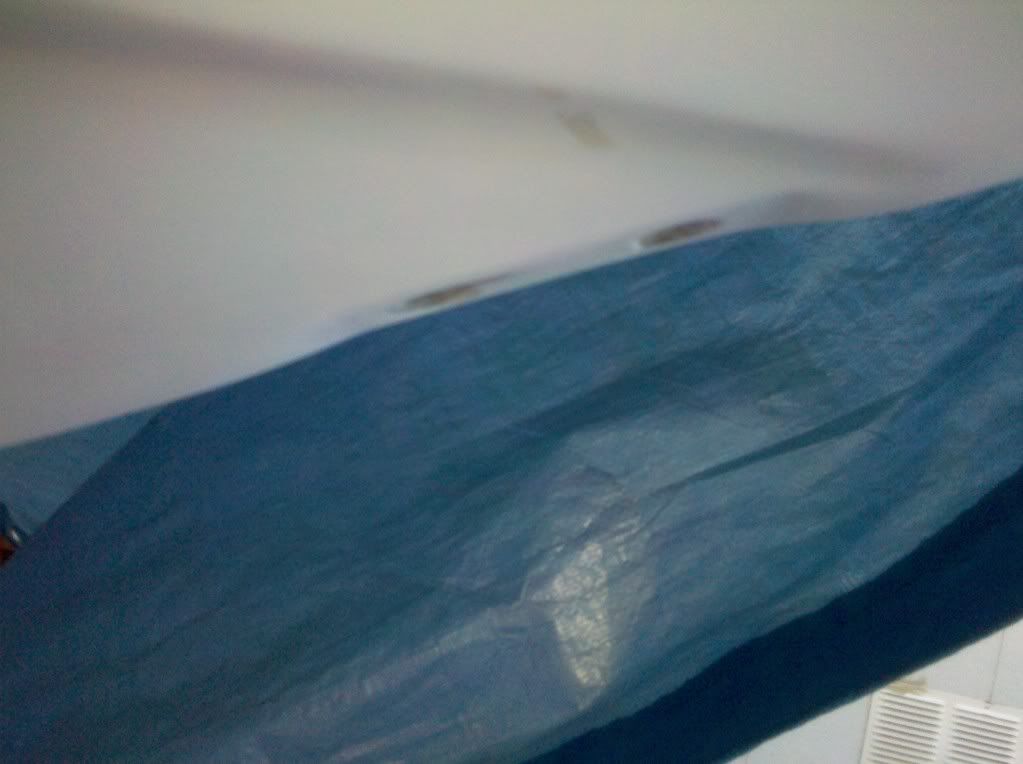
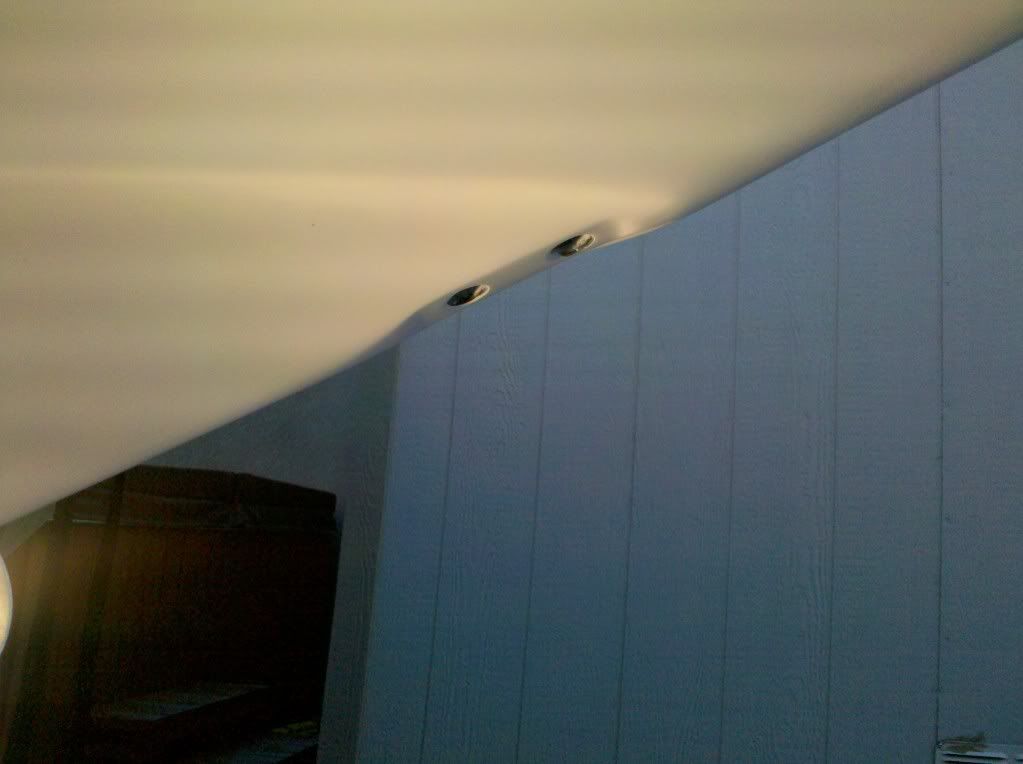
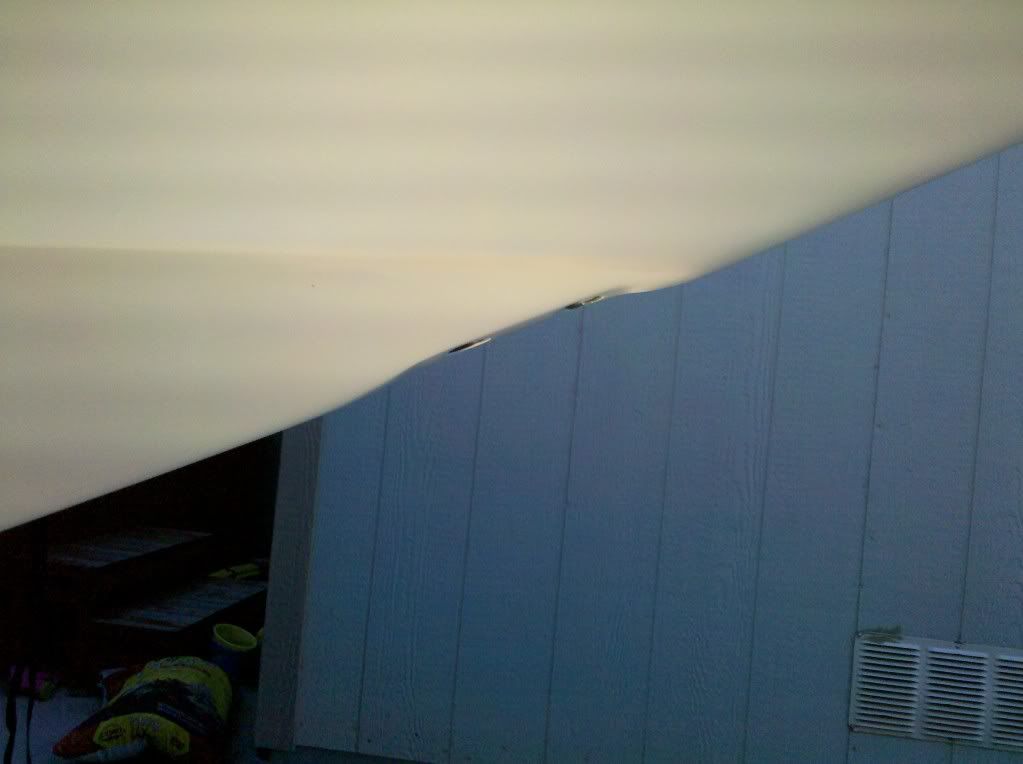
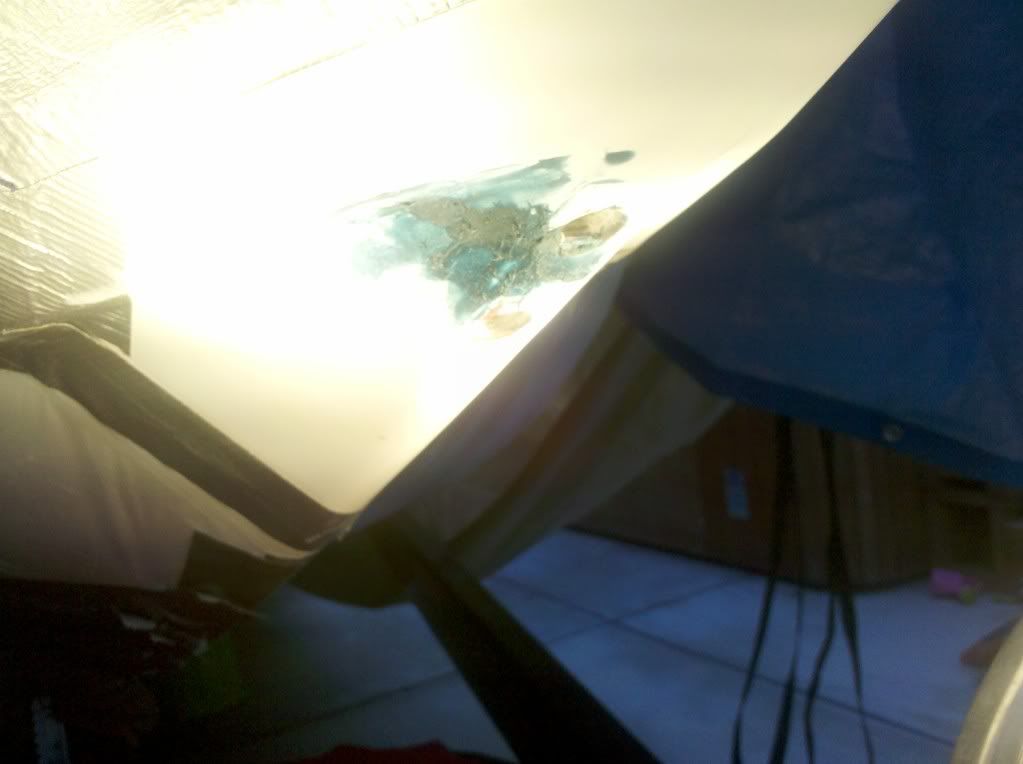

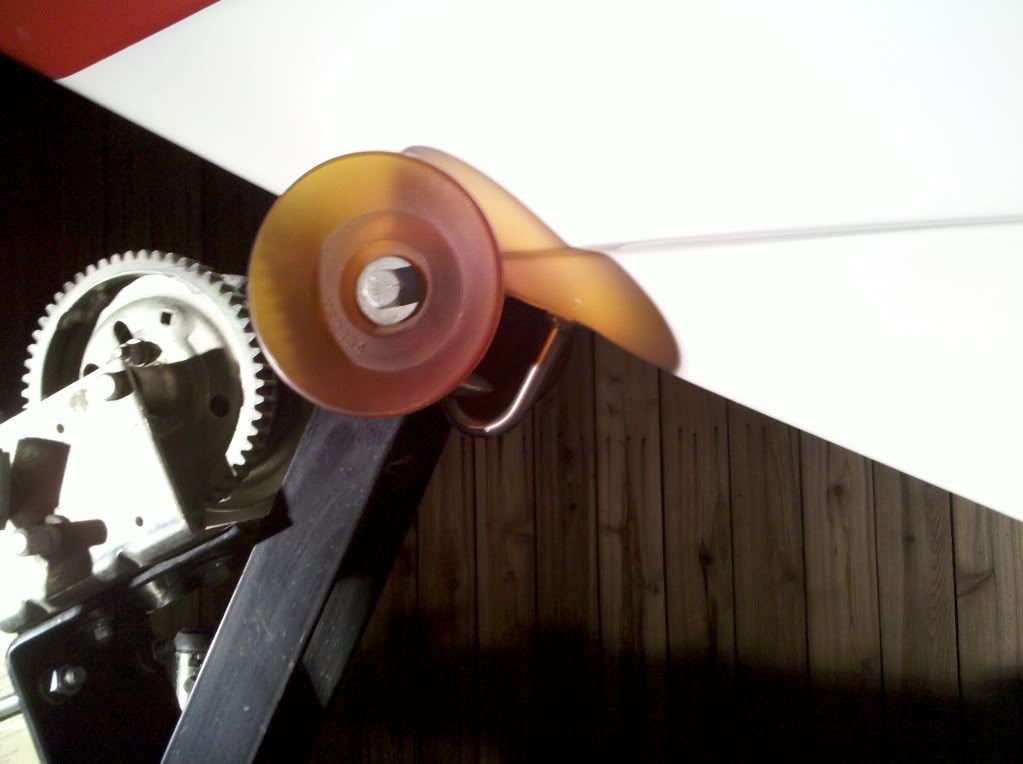
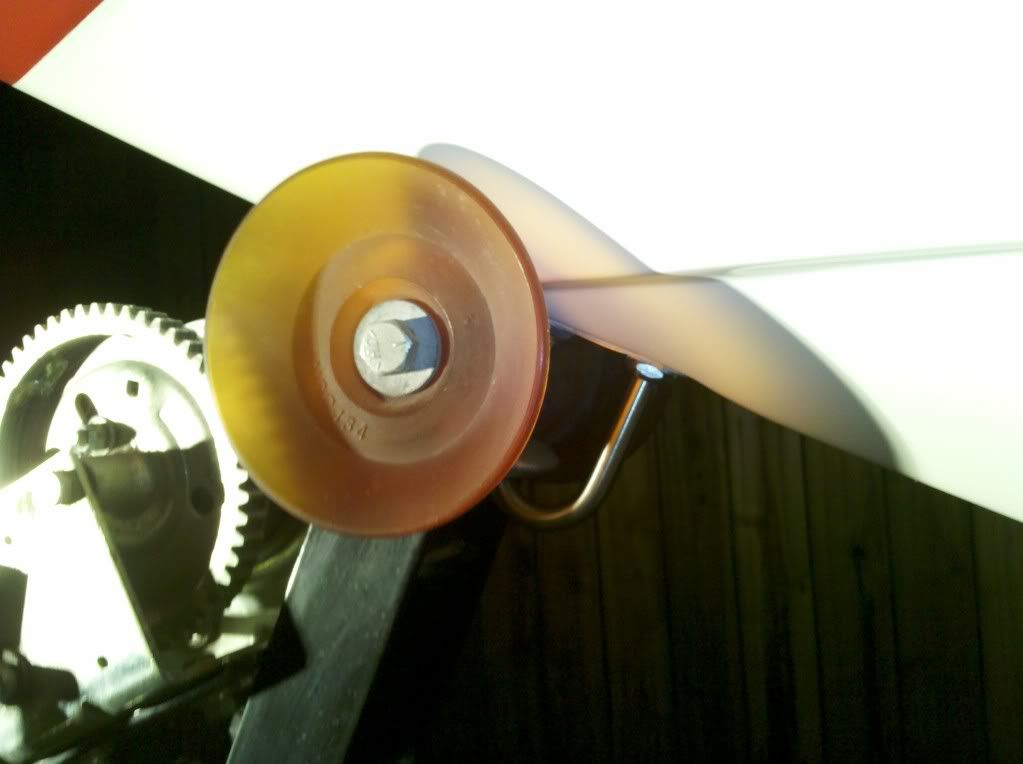

Comment